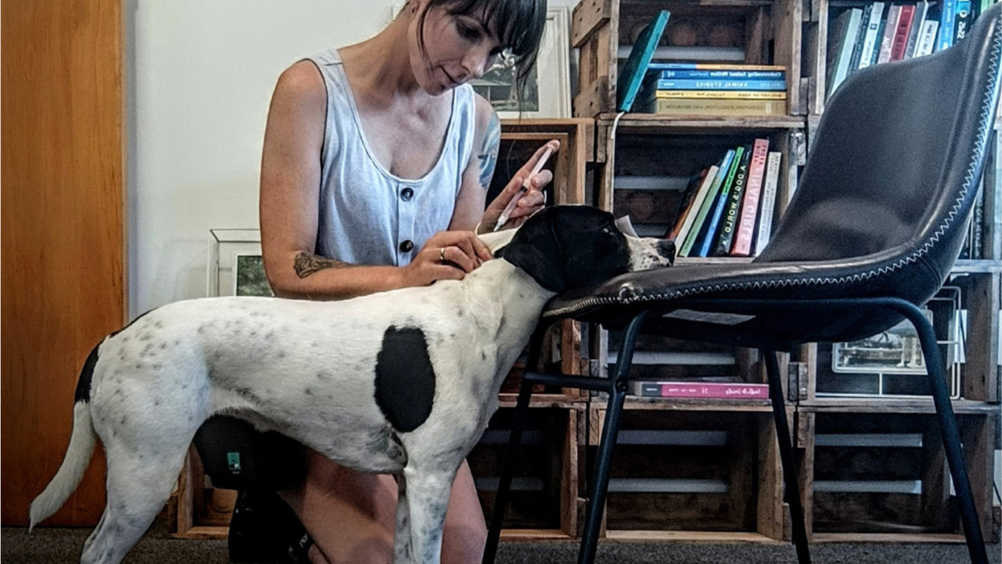References

Abstract
Traditionally, humans treated their companion dogs with absolute authority. Furthermore, much of human behaviour towards dogs is cloaked in myths and driven by human-centric labels such as ‘good,’ ‘bad,’ ‘stubborn’ or ‘friendly’ to describe behaviours, emotions, traits or personalities. This has meant that companion dogs have little, if any, autonomy or choice in what happens to them, and this can be traumatic and emotionally damaging. However, providing dogs with the opportunity to make choices when and where it is safe and appropriate to do so may improve their optimism and is part of a clear two-way system of communication between humans and dogs. This translates to reduced stress and enhanced positive welfare that includes their emotional wellness. Cooperative care is a training protocol that provides some measure of predictability and clarity. It removes ambiguity and thus reduces stress from handling. Because it allows the animal to choose to participate or not, it builds trust and grants for some degree of bodily autonomy. The practical applications have additional effects on overall wellness and also reduce the chances of aggressive behaviours that may lead to human injury and veterinary care can be improved, with benefits to the dog, staff and clients.
Cooperative care is about teaching dogs to have and make choices when it comes to participating in their own care, and to provide them with the information they need to make informed decisions (Howell and Feyrecilde, 2018). It is a protocol founded on trust and a clear reciprocal communicative system that aims to reduce fear or stress during handling. This protocol challenges traditional beliefs conflated with forceful methods of handling that are woven into the fabric of our human-centric society, often propagated further by the misinformation and misconceptions that are freely accessible to anyone. Change can be challenging but is necessary for human interactions with other animals to become more ethical and compassionate and to evolve into a more sophisticated approach for the enhancement of their well-being. The key elements of why and how this is important in a veterinary setting, for both humans and dogs, are high-lighted throughout this paper.
Register now to continue reading
Thank you for visiting The Veterinary Nurse and reading some of our peer-reviewed content for veterinary professionals. To continue reading this article, please register today.

